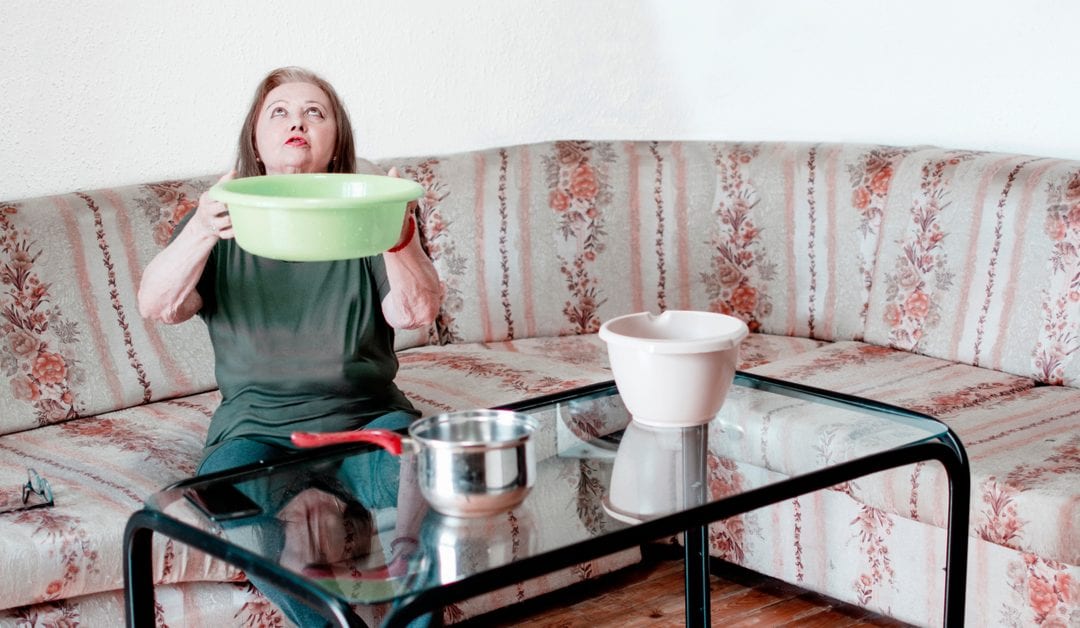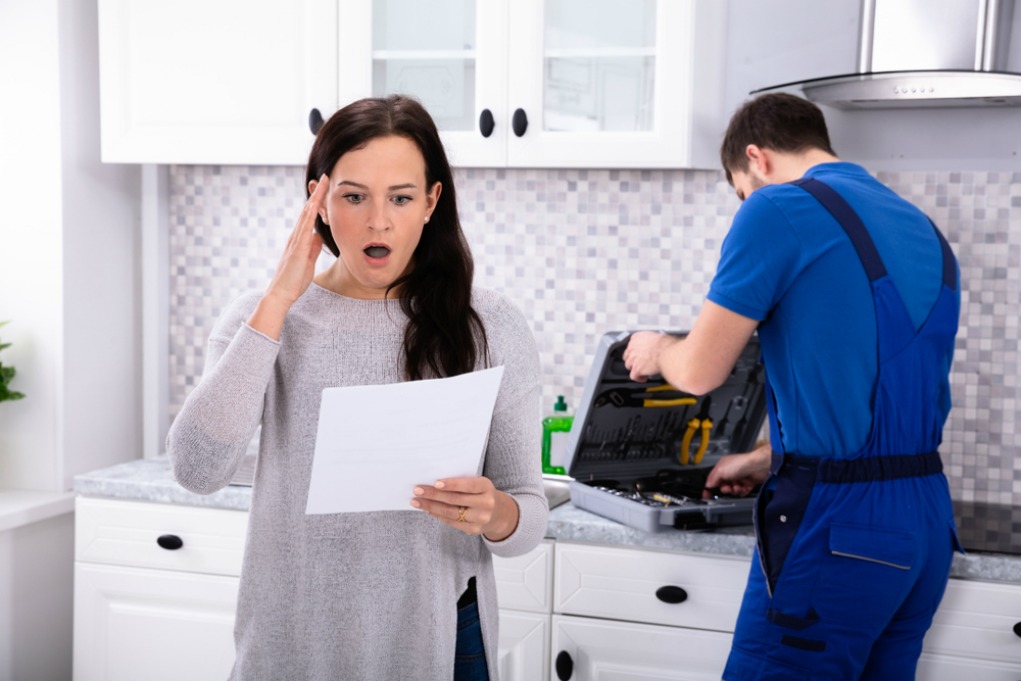Resolving Plumbing Issues in Older Homes: Proven Techniques
Resolving Plumbing Issues in Older Homes: Proven Techniques
Blog Article
Presented here on the next paragraphs you can find additional good quality expertise when it comes to Common Plumbing Problems in Older Homes.

Older homes usually come with charm, personality, and background, but they can likewise bring a host of pipes problems. Whether you're taking care of aging pipelines, low water pressure, or leakages, knowing exactly how to address these typical problems is critical to keeping a safe and functional home. In this guide, we'll discover the regular plumbing obstacles faced by older homes and provide useful solutions to keep your plumbing in top form.
Understanding Typical Pipes Issues
Aging Pipelines
One of the most common issues in older homes is maturing pipelines. Depending on the period in which your home was developed, the pipelines could be made from products that have worn away with time, such as galvanized steel, cast iron, or perhaps lead. These materials can wear away, come to be brittle, or develop leakages, bring about water damages and prospective carcinogen.
Low Tide Pressure
If you're experiencing low water stress, maybe as a result of natural resources, rust inside the pipelines, or old fixtures that are no more working efficiently. This can be a major aggravation, especially in locations like showers and sinks.
Leaking Pipelines
Leaks are an additional frequent issue in older homes, frequently caused by rusty or damaged pipes. Even tiny leakages can lead to considerable water damages, mold and mildew development, and enhanced water bills otherwise attended to quickly.
Obsolete Fixtures
Obsolete pipes fixtures such as faucets, toilets, and showerheads not only look old yet might likewise be less reliable, susceptible to leaks, or incompatible with modern pipes standards.
Pipe Rust
Deterioration is a common problem in older pipes, especially those made from galvanized steel or cast iron. Rusty pipelines can limit water flow, cause staining, and ultimately bring about leaks or pipe bursts.
Assessing the Problem of Your Plumbing
Checking Noticeable Pipes
Begin by inspecting any kind of noticeable pipelines in your home, such as those in basements, crawl spaces, or under sinks. Search for indications of deterioration, leaks, or rust, which can indicate underlying problems.
Looking for Leaks
Look for leaks by inspecting locations around taps, bathrooms, and under sinks. You can likewise monitor your water meter before and after a period of no water utilize to detect concealed leakages.
Water High Quality Screening
Older pipelines can impact the top quality of your water. Conduct a water quality examination to look for contaminants such as lead, rust, or other contaminations that might be presented by aging pipes.
Solutions for Usual Plumbing Issues
Changing Aging Pipes
If your home has old, weakening pipelines, think about replacing them with contemporary materials like copper or PEX. This can be a substantial financial investment, yet it will protect against future problems and boost the safety and security and integrity of your plumbing system.
Fixing Low Tide Pressure
To deal with low tide stress, begin by cleansing or replacing old components and removing mineral accumulation in the pipelines. If the problem continues, it might be required to change areas of rusty pipelines.
Fixing and Changing Dripping Pipes
For little leaks, you can utilize pipeline clamps or epoxy putty as a short-lived solution. Nevertheless, it's ideal to replace dripping pipelines entirely to avoid additional damage.
Upgrading Fixtures
Upgrading old fixtures to contemporary, water-efficient versions can improve your home's pipes efficiency and minimize water usage. Look for components with the WaterSense label for the best performance.
Dealing with Pipe Deterioration
If your pipes are worn away, changing them with corrosion-resistant products like copper, PVC, or PEX is the best service. Normal inspections and water quality upkeep can aid stop further rust.
When to Call a Specialist
While some plumbing issues can be taken care of with DIY remedies, there are times when it's ideal to call a specialist. If you're taking care of major leaks, considerable rust, or are uncertain regarding the problem of your pipes, a licensed plumbing professional can provide professional assessment and repair.
Preventive Upkeep Tips
Regular Inspections
On a regular basis inspect your pipes system for signs of damage. Capturing concerns early can prevent expensive repair services down the line.
Water Stress Law
Ensure your water pressure is within the advised variety to avoid emphasizing your pipes and components. A plumbing technician can install a stress regulatory authority if needed.
Water Quality Upkeep
Mount water filters or conditioners if your water top quality is poor. This can shield your pipelines and components from damages caused by tough water or impurities.
Positive Pipe Substitute
If your home has very old pipes, take into consideration positive replacement before major problems emerge. This can save you from emergency situation fixings and water damages.
Final thought
Dealing with pipes problems in older homes requires a combination of caution, preventative upkeep, and timely upgrades. By recognizing the common difficulties and recognizing when to look for professional aid, you can ensure your pipes system remains useful and reliable for years to find.
Common Plumbing Issues in Older Homes and How to Fix Them
Owning an older home in Australia comes with its unique charm and a set of challenges, especially when it comes to plumbing. The Sunshine Coast has many older properties that can harbour plumbing problems that aren t just inconvenient but potentially costly. Here s a look at some common plumbing issues in older homes and expert advice on how to handle them.
Outdated Piping Materials
Many older homes were built with galvanised steel, cast iron, or even lead pipes, materials that are far from ideal by today s standards. Galvanised pipes are prone to corrosion and clogging, while lead pipes pose serious health risks.
How to Fix:
Replacing old pipes is a job for a professional. Upgrading to copper or PVC piping not only enhances water quality and flow but also increases the property s safety and value. If you suspect your home has outdated materials, a licensed plumber can conduct a thorough inspection and recommend the best course of action.
Corrosion and Pipe Degradation
Over time, exposure to water and minerals can cause pipes to corrode, leading to leaks, bursts, and water contamination. Corrosion is especially common in homes over 50 years old.
How to Fix:
Regular inspections can catch early signs of corrosion. If corrosion is found, the affected section of piping often needs to be replaced. For homes with extensive corrosion, a complete plumbing overhaul might be necessary. It s crucial to consult with a plumbing expert to understand the extent of the issue.
Tree Root Intrusion
Older neighbourhoods usually have mature trees whose roots can intrude into pipe lines, causing blockages or damage. This is particularly problematic for sewer lines, where roots seek out water sources.
How to Fix:
A plumber can use a specialised camera to inspect sewer lines for root intrusion. If roots are a problem, methods like root cutting or hydro-jetting can clear the obstruction. In severe cases, part of the pipe may need replacing. Consider root barriers around the piping to prevent future issues.
Inadequate Water Pressure
Low water pressure in older homes can be due to various factors, including corroded water lines, sediment build-up in pipes, or outdated fixtures.
How to Fix:
First, check if the low pressure is isolated to one area or throughout the house. Replacing old fixtures can sometimes resolve the issue. However, if the problem is more widespread, it might be due to sediment or corrosion. Flushing the system or replacing the affected pipes usually restores normal pressure. Again, a professional assessment is advisable.
Outdated Fixtures
Older homes often feature fixtures that are not only visually dated but functionally inefficient. This includes everything from toilets and taps to showerheads and washing machine hoses.
How to Fix:
Updating these fixtures can improve both water efficiency and the aesthetic appeal of your home. Modern fixtures are designed to conserve water, which can significantly reduce your water bill and lessen your environmental impact.
Conclusion
Maintaining the plumbing in an older home requires a proactive approach. Regular checks and updates are key to preserving these beautiful properties. If you re facing plumbing issues in your older home, it s best to call on experienced professionals like Green & Gold Plumbing & Gas. With the right expertise, even the most daunting plumbing problems can be resolved, ensuring that your home s character is maintained while its functionality is enhanced.
https://gandgplumbing.com.au/common-plumbing-issues-in-older-homes-and-how-to-fix-them/

Hopefully you enjoyed reading our article about Common Plumbing Problems in Older Homes. Many thanks for spending some time to read through our post. Sharing is good. Helping people is fun. Thank you so much for going through it.
Customer Reviews Report this page